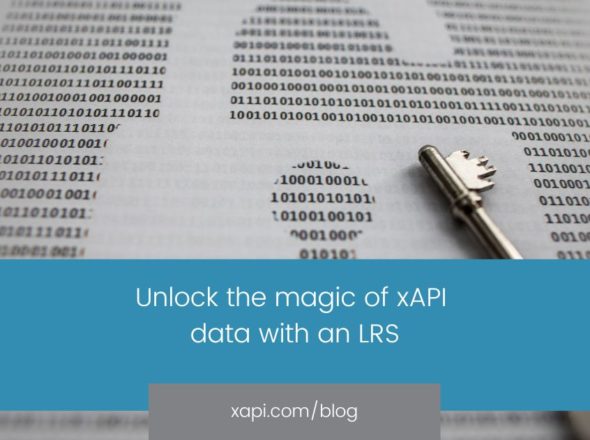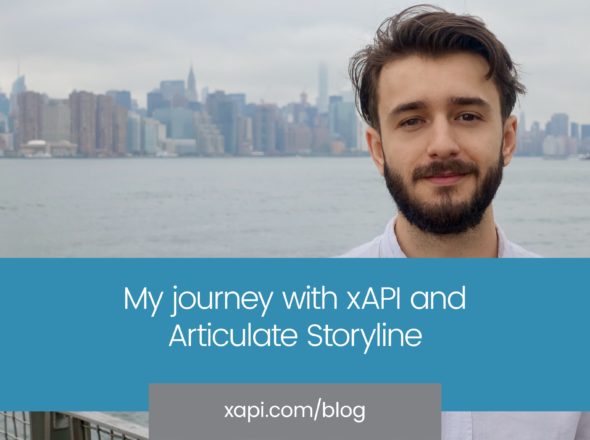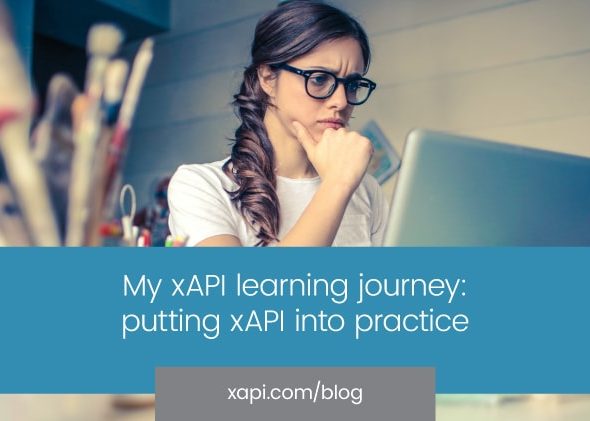I’m very excited… from this month, I’m going to be contracting for Rustici Software and working with some of the leading experts on the Experience API. I’ve been contributing to development of xAPI in my spare time for a few years and now Rustici Software has given me the opportunity to do that full time. This really is a dream job for me. One of the things I’ll be doing is blogging here.
My particular niche of expertise in xAPI is learning design and over the coming months and years, I’m going to be helping adopters, particularly activity providers, implement xAPI well. I’d like to start off by outlining one aspect of what’s suddenly possible and desperately needed in our learning design: better blended learning.
Before we dive in, I need to explain two dessert dishes we have in England: Pavlova and Eton Mess. Both dishes have the same basic ingredients: meringue, cream and strawberries. The difference is that in Pavlova, the meringue is at the bottom filled with cream and the strawberries are neatly on top; in Eton Mess it’s all mixed up together. You can’t tell where the strawberry ends and the cream begins—it’s puréed, intertwingled, blended.
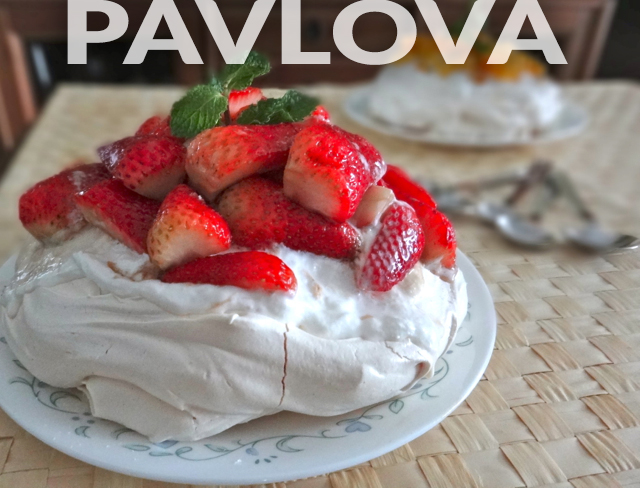
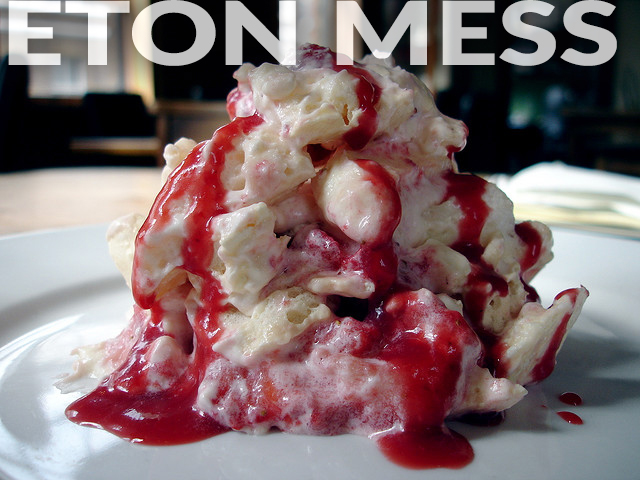
Have you ever experienced a blended learning solution that was like a Pavlova? The face-to-face elements, e-learning and other experiences are all distinct ingredients, often with different people and teams responsible for them. For the learner, this leads to a disjointed experience with overlapping content and no clear connection between their learning across different elements. Wouldn’t it be better for our blended learning to be more like Eton Mess, where we can’t tell where one ingredient ends and another begins?
Part of the solution is design: a single overarching plan and person responsible for the full blended solution. That doesn’t mean that different people can’t be responsible for different elements, but there also needs to be somebody taking ownership of the overall design.
The other part of the solution is technical, which is where xAPI comes into play. To truly blend our learning elements, we need what happens in one element to affect what happens in another.
Here are some examples:
- Mike attends a face-to-face training session and the facilitator records that Mike struggled with some of the concepts. As a result, Mike gets a fuller version of the supporting e-learning for those topics and gets more questions on those topics in the quiz.
- Tim completes an online simulation and does exceptionally well in one area. As a result, Tim is promoted as a peer expert for this topic on the company’s social learning platform.
- Andrew makes an error as part of a job task. As a result, Andrew is mailed a collection of curated internet resources to help in this area.
…and I’m sure you can think of more examples.
xAPI makes this possible because we can track any learning experience and because we’ve freed the data to go in any direction. What happens in experience A can be recorded in the LRS and then retrieved by experience B to personalise the learner’s experience.
Sound too good to be true? Well, the proof of the pudding is in the eating—in this case, it’s Eton Mess.
I’d love to chat with you more about implementing truly blended learning in your organisation. Let us know what learning experiences you’d like to blend together and we’ll help you with some suggestions of how to make it happen. You should also get in touch if you have other questions or have other topics you’d like to hear from me on. These blogs are for you, so let me know what you want! (You can contact me by Email or Twitter)
